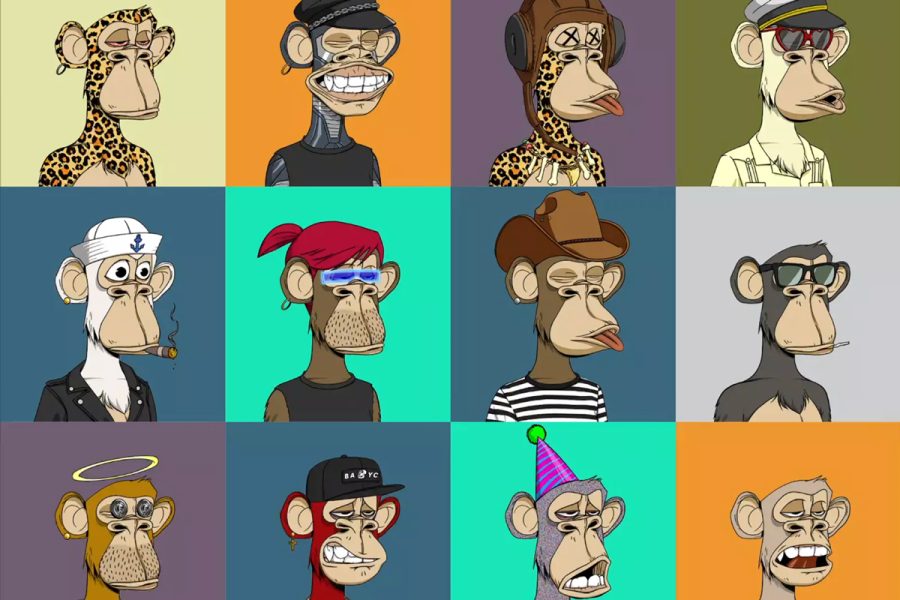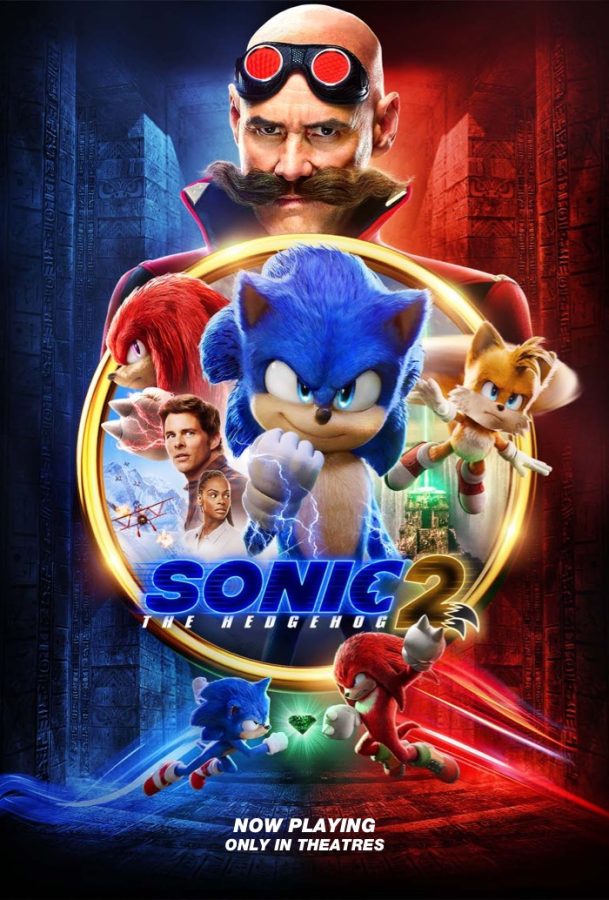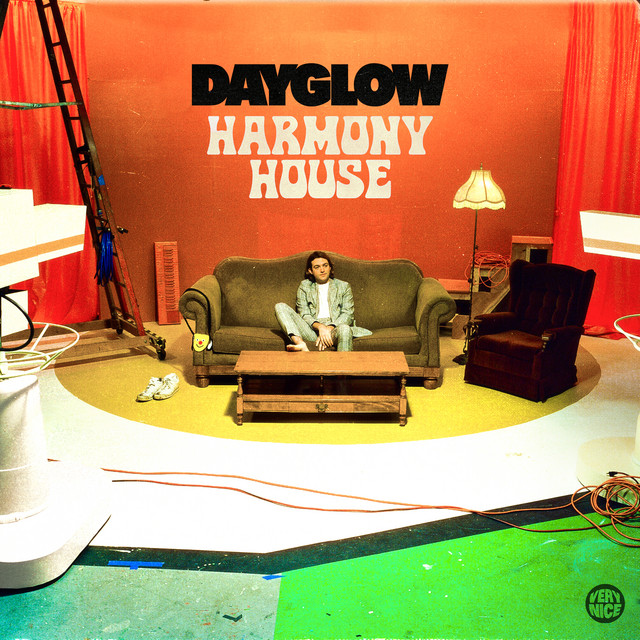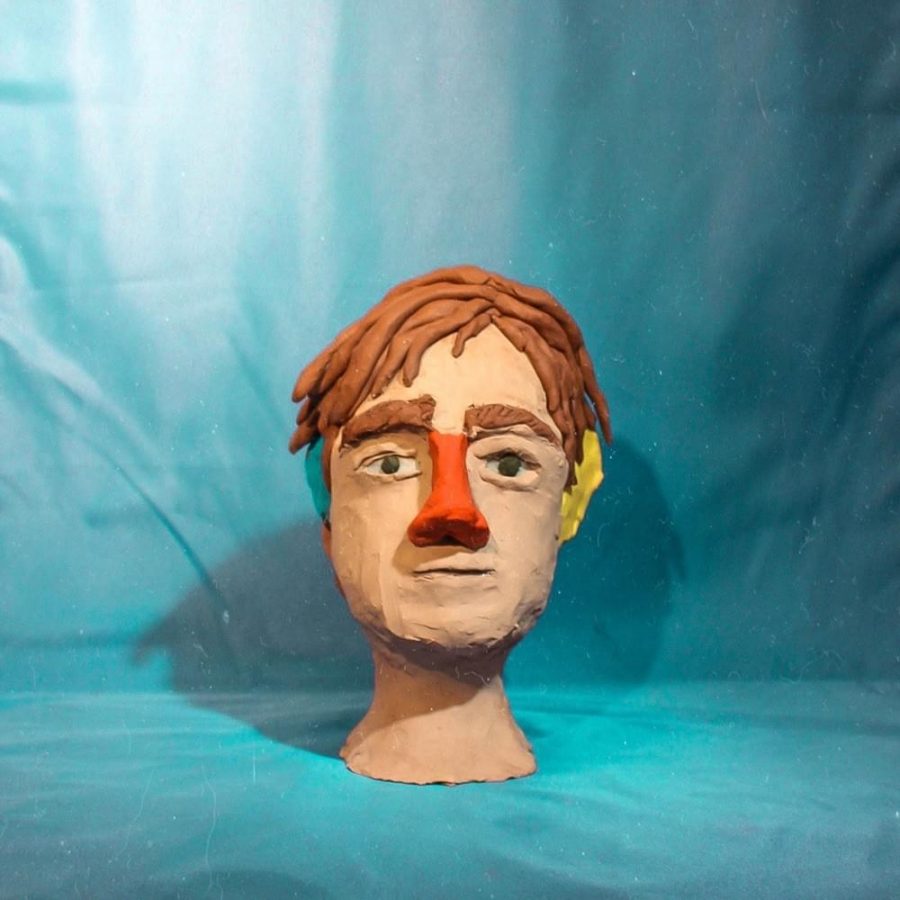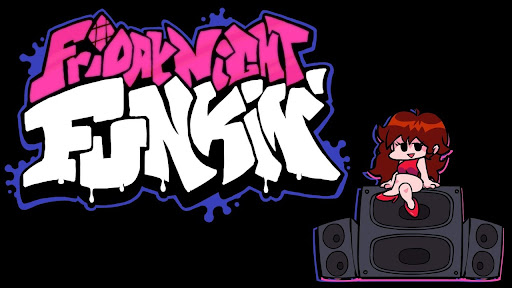NFTs have become a crypto currency fad over the last year, one that many people struggle to understand. The acronym NFT stands for “non-fungible token,” but that doesn’t offer an explanation as to what they are, does it? NFTs are a digital receipt that says that you own something, hence the word “token”, and they are non-replaceable and completely unique.
Many people, who support the idea of NFTs, believe that crypto, and the systems they run on, may change the future and revolutionize how people invest. However, NFTs present a real problem to the environment and are ridiculous scams.
Purchasing an NFT is done differently than buying something at a restaurant or a grocery store. They are bought through a system called the blockchain, that publicly validates your purchase, with the use of dozens of computers over the internet. This is different from your private bank validating your purchase when you buy something at the store.
This means that a full log of your transactions is made publicly available via the blockchain, as all computers validate purchases, day and night, all-year round. The blockchain, however, is also not limited to purchases made with real world money, meaning that you could pay someone with any form of currency, and that’s where NFTs come in.
One famous NFT purchase that occurred in March of 2021 is the purchase of the first tweet ever made, and I use the term “purchase” loosely. The tweet, or rather an image of the tweet, originally posted in March 2006 by Twitter co-founder Jack Dorsey, was sold on the blockchain for the equivalent of $2.9 million.
Excuse me, a token that says someone owns the image, was sold for that amount. It is ridiculous that anyone could place a value on an image at that amount, and it’s essentially a scam. The token quite literally means nothing, as anyone can just screenshot the image. You don’t own it.
Even worse, the tech that the blockchain runs on causes a lot of issues. As stated before, the blockchain validates transactions publicly by using dozens of different computers stationed all around the world, over the internet. As you might guess, this uses a lot of energy; one of the most used blockchain networks, Ethereum, uses 238 kilowatt hours of electricity per purchase, according to Statistica.
These systems work day in and day out, all the time. This has accelerated the climate crisis that we are trying to avoid. And all for what? Buying receipts?
Some NFTs are collections, such as the now widely-recognizable Bored Ape Yacht Club, a collection of images that showcase AI-generated art of apes with their own expressions, accessories, and more. Some of these apes go for thousands of dollars, with the most expensive one being worth millions.
Another massive problem with NFTs is the constant art theft that occurs in the market. Some NFTs include artwork that is blatantly stolen from artists and sold on the blockchain without their consent. One of the most egregious examples of this happening is the story of Qinni Art.
Qinni Art was an online artist, whose artwork focused on her experiences and battle with cancer, allowing her to amass a following of over 2.5 million users. She unfortunately lost her battle to cancer at age 29, in February of 2020. Following her death, art thieves took her work and sold it on the blockchain, and according to Wired, “the most popular [piece of art] sold for $69 million.”
NFTs have also portrayed the appearances of people who have passed away, such as with Marvel Comics writer Stan Lee. His Twitter account was used to promote an NFT, as a way to “honor” him. Similar occurrences have happened with Bob Ross, and worst of all George Floyd, whose image has been used for a disgusting, racist, collection of NFTs called Floydies.
The technology of the blockchain may be able to improve in the future, and hopefully it will consume less energy, and that may come with some benefits. However, the use of it to buy literal receipts of jpegs for thousands, if not millions, of dollars, while also causing destructive, possibly irreversible, damage to the environment, is ridiculous and an outright scam.
The rampant art theft in the NFT market is absolutely shameful, and the portrayal of celebrities and people who’ve since passed away is beyond reprehensible. If you’re a young investor, avoid NFTs and the blockchain. You do not want to support this nonsense.





